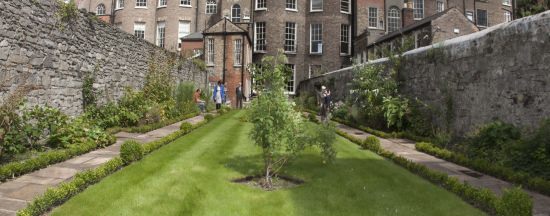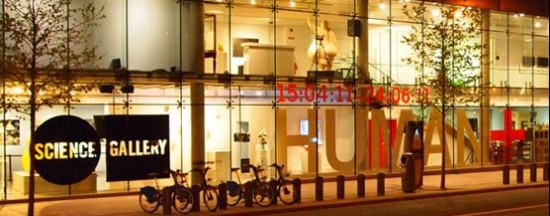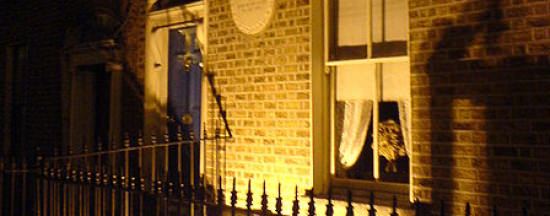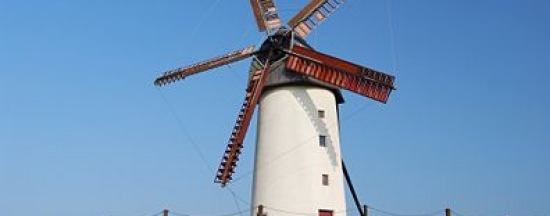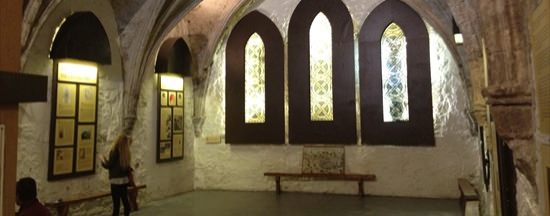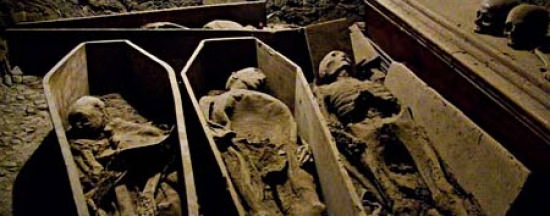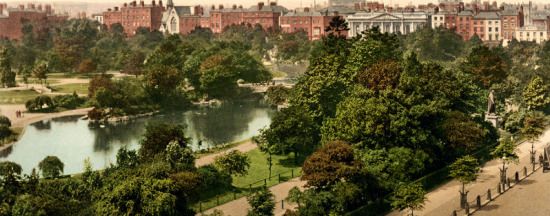The Royal Society of Antiquaries of Ireland was founded in 1849 (as the Kilkenny Archaeological Society). It was granted a Royal Charter in 1869. Its early aims included the conservation of endangered buildings (e.g. Clonmacnoise, Jerpoint Cistercian Abbey). It pioneered a comprehensive effort to photograph the antiquities of Ireland.
RSAI is actively involved in conserving Ireland’s heritage. It maintains a library and archival collections, provides lectures and organises excursions, and publishes a widely respected Journal. The June “summer soirée” and winter Monday evening talks are event highlights. Guests are welcome to attend these events.
The Society is generally open to members only (€75 p.a.). Members are entitled to use the Society’s library, participate in all Society events, and receive a copy of the Journal every year.
The restored library houses a collection of books, journals and archive materials documenting Ireland’s human and built heritage (10,000 printed works;100,000 photographs and drawings).
The house has fine meeting rooms overlooking Merrion Square to the front and a restored Georgian garden to the rear (this is the only surviving Georgian townhouse garden in Dublin city, fully restored to its original late 18th-century splendour).
Opening Hours:
The RSAI facilities are open to non-members by appointment only.
The Society is generally open to members only (€75 p.a.).
Members are entitled to use the Society’s library, participate in all Society events, and receive a copy of the Journal every year.
The library currently operates by appointment only.
Contact & Pricing:
rsai.ie
[email protected]
Tel: 01 676 1749
63 Merrion Square, Dublin 2
